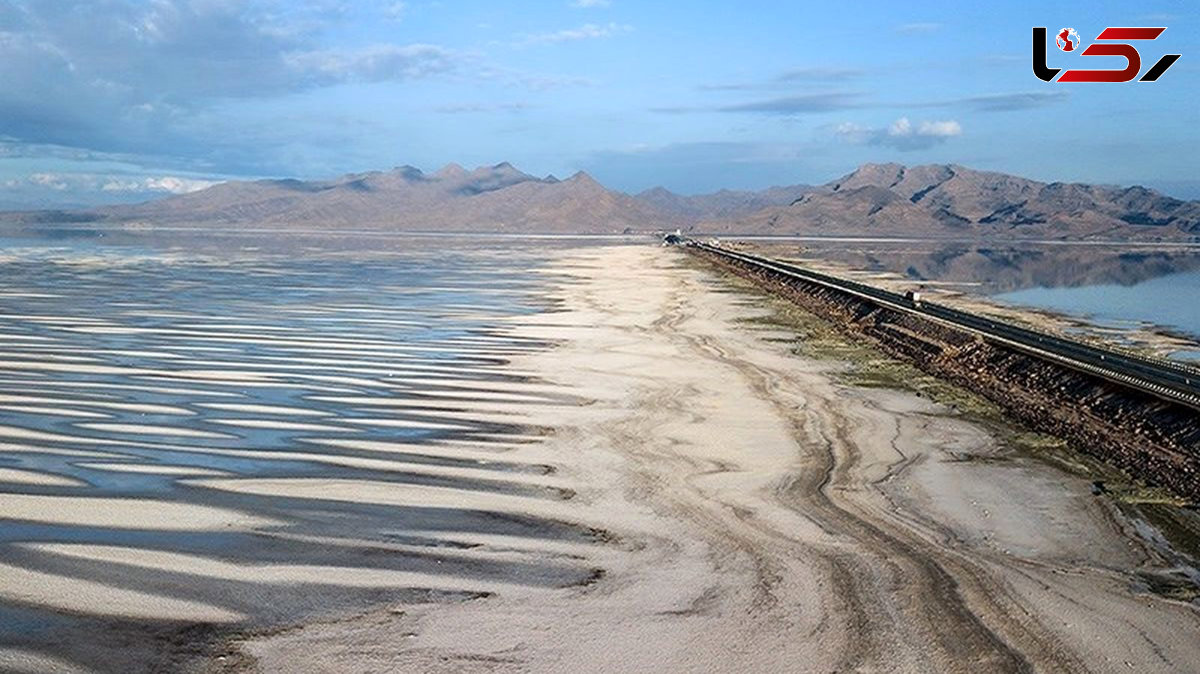Rokna reports
With the Heavy Costs of Seawater Transfer, Can Lake Urmia Truly Be Revived?
As Iran invests heavily in seawater transfer projects—most notably the transport of water from the Gulf of Oman to the central province of Isfahan—experts are questioning whether such high-cost initiatives offer real solutions for the country’s environmental and water management crises, including the revival of the drying Lake Urmia.

By Rokna News Economic Desk
With the skyrocketing costs of seawater transfer projects, serious questions are emerging about the feasibility and effectiveness of such strategies—particularly when it comes to rescuing the rapidly vanishing Lake Urmia.
According to assessments reviewed by Rokna, the cost of transferring each cubic meter of seawater is estimated at $6, while desalination adds approximately $0.30. Altogether, including infrastructure and logistics, the real cost per cubic meter is now reaching 500,000 Iranian tomans (around $10 based on unofficial rates).
A prominent case is the ongoing project to transfer water from the Sea of Oman to Isfahan, which has reportedly cost between 25.5 trillion and 130 trillion tomans, depending on the phase—raising alarms over its financial sustainability.
Iran’s agricultural sector consumes nearly 90% of the country’s total water resources, yet in 2023 (1402 in the Iranian calendar), it contributed only 8% to Iran’s Gross Domestic Product (GDP). Experts argue that without addressing this fundamental imbalance, high-cost water projects will remain inefficient and unsustainable.
While household water use accounts for just 6% of national consumption, an astonishing 32% of it is lost within the urban water network. Experts emphasize that more water is lost through pipeline leakage, evaporation in dams, and outdated infrastructure than is actually consumed by the public.
According to environmental specialists, the proposal to transfer seawater to Lake Urmia faces serious ecological and logistical concerns that make it an impractical and non-strategic option, particularly in the lake’s current state of emergency. Among the primary concerns:
-
Extremely high implementation costs
-
Lengthy construction timelines that do not match the urgent needs of the lake
-
Differences in chemical composition between seawater and Lake Urmia’s natural water, which can lead to sedimentation, increased salinity, and widespread ecological disruption
-
Pipeline routes passing through protected natural areas, potentially causing environmental degradation
-
The introduction of invasive species and oil-based pollutants that may enter the lake ecosystem via the pipeline
Experts argue that such factors render seawater transfer unsuitable as a long-term solution for the lake’s restoration.
Despite repeated promises, there remains no clear political will or decisive action within the current government — just as in previous administrations — to preserve the country’s water resources or protect the environment, including the urgent restoration of Lake Urmia.
Experts note that no serious effort has been made to reduce water waste, enforce environmental safeguards, or implement the fundamental measures required to revive the lake — such as regulating agricultural water use, resolving the conflicting interests among the Ministry of Energy, Ministry of Agriculture, and the Department of Environment, and reforming dam and watershed management.
Ironically, while sustainable solutions lack economic justification in the eyes of officials, desalination and seawater transfer projects, costing around $5 per cubic meter, are aggressively pursued — not for environmental benefit, but because they generate enormous profits for certain contractors.
Send Comments